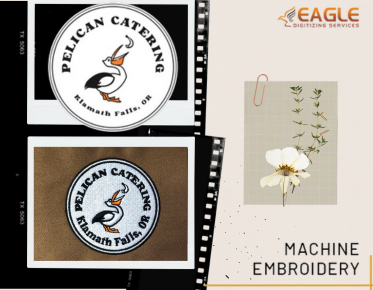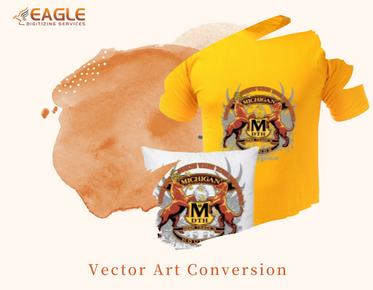Can You Digitize Embroidery in Photoshop?
Embroidery digitizing is a fascinating process that transforms artwork into a digital file that embroidery machines can read. This digital file instructs the machine on how to stitch the design. While there are specialized software programs designed specifically for embroidery digitizing, many people wonder if they can use more general graphic design software like Photoshop for this purpose.
Understanding Embroidery Digitizing
Before diving into the capabilities of Photoshop, it's essential to understand what embroidery digitizing entails. The process involves converting a design into a format that an embroidery machine can interpret. This includes defining stitch types, directions, and sequences. The complexity of this task requires precision and an understanding of both the design and the machine's capabilities.
Photoshop's Role in Embroidery Digitizing
Photoshop is a powerful tool for graphic design, offering a wide range of features for creating and editing images. However, it is not specifically designed for embroidery digitizing. While you can create and manipulate designs in Photoshop, the software lacks the functionality to convert these designs into the specific file formats required by embroidery machines, such as PES or DST.
Creating Designs in Photoshop
Photoshop can be used to create intricate designs that can later be digitized using specialized software. Designers often use Photoshop to develop the initial concept, taking advantage of its robust editing tools to refine the artwork. Once the design is complete, it can be exported as an image file, such as a JPEG or PNG, which can then be imported into embroidery digitizing software.
Specialized Embroidery Digitizing Software
For the actual digitizing process, specialized software is necessary. Programs like Wilcom, Hatch, and Brother's PE-Design are specifically designed to handle the complexities of embroidery digitizing. These programs allow users to assign stitch types, adjust stitch density, and ensure the design is optimized for embroidery. They also provide the ability to save the design in the correct file format for the embroidery machine.
Integrating Photoshop with Digitizing Software
While Photoshop cannot directly digitize embroidery designs, it can be an integral part of the design process. After creating a design in Photoshop, you can import it into digitizing software to complete the process. This workflow allows designers to leverage Photoshop's advanced design capabilities while still producing a machine-ready embroidery file.
Limitations of Using Photoshop for Embroidery
One of the main limitations of using Photoshop for embroidery digitizing is its inability to handle stitch data. Embroidery digitizing requires precise control over stitch placement and type, which Photoshop does not provide. Additionally, Photoshop does not support the specific file formats needed for embroidery machines, making it unsuitable for the final digitizing step.
Conclusion: The Best Approach to Embroidery Digitizing
While Photoshop is an excellent tool for creating and editing designs, it is not equipped to handle the intricacies of embroidery digitizing. For those serious about embroidery, investing in specialized embroidery digitizing software is essential. These programs provide the necessary tools to convert designs into machine-readable files, ensuring high-quality embroidery results.
As the world of embroidery continues to evolve, new technologies and software solutions are constantly emerging. Staying informed about these developments can help designers and hobbyists alike improve their skills and produce stunning embroidered pieces. For those looking to take their embroidery to the next level, exploring the latest advancements in digitizing software is a worthwhile endeavor.
For those who prefer to leave the digitizing to the experts, Eagle Digitizing excels in providing professional embroidery digitizing services, ensuring every design is crafted with unmatched precision.



